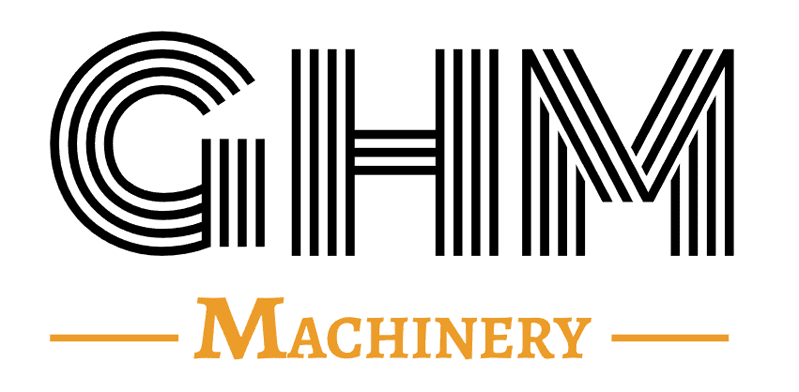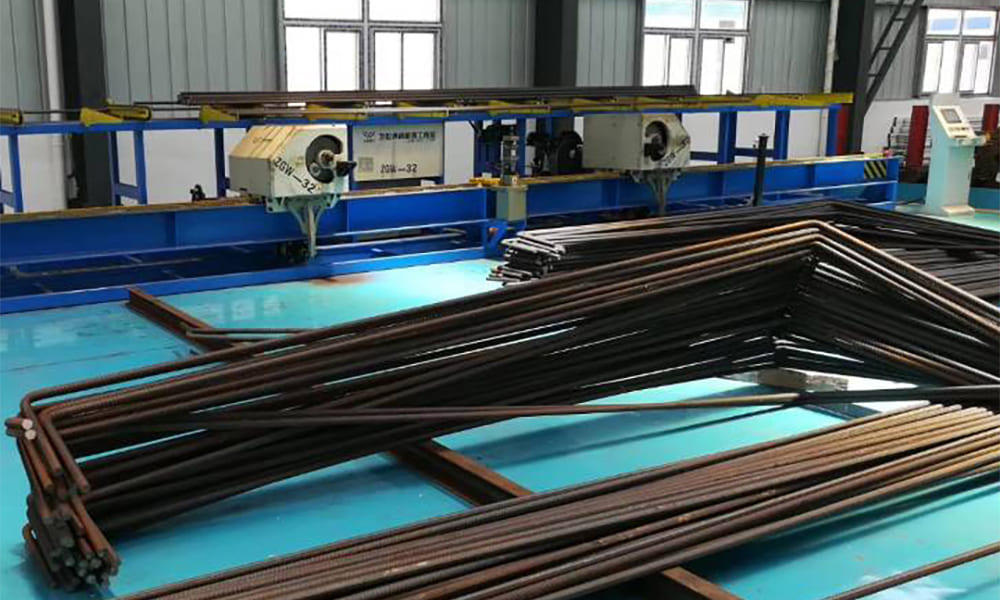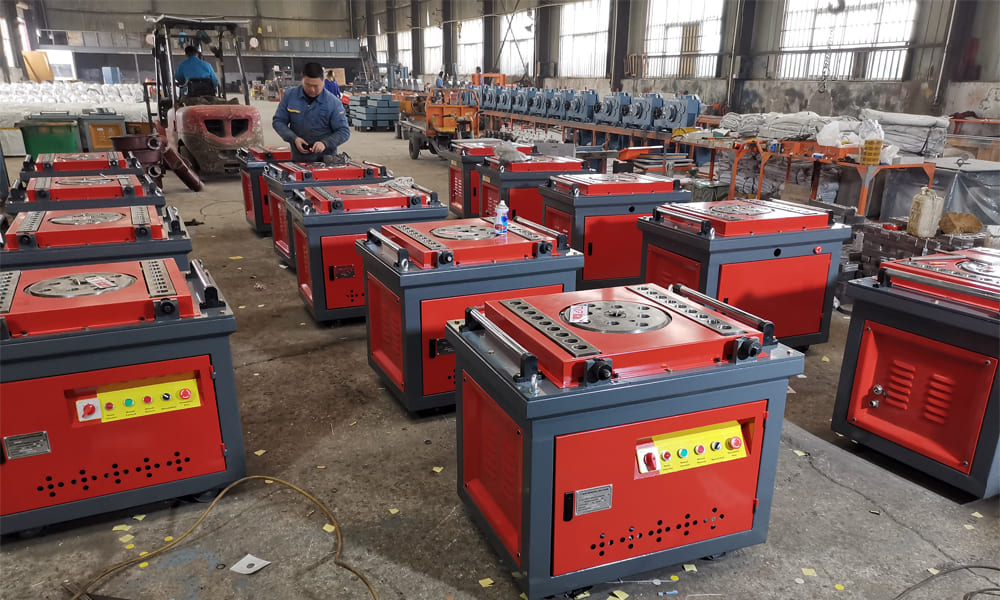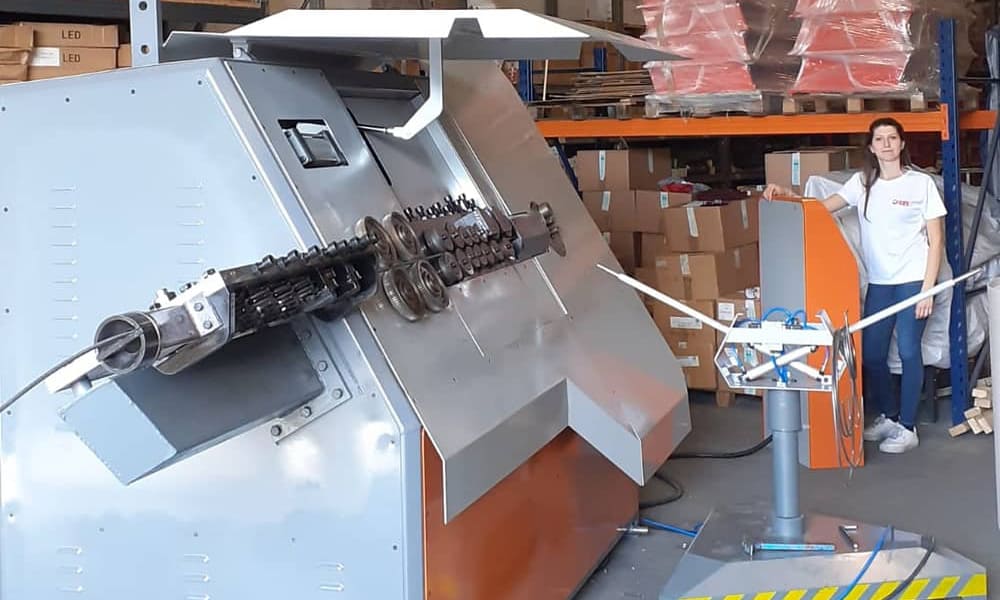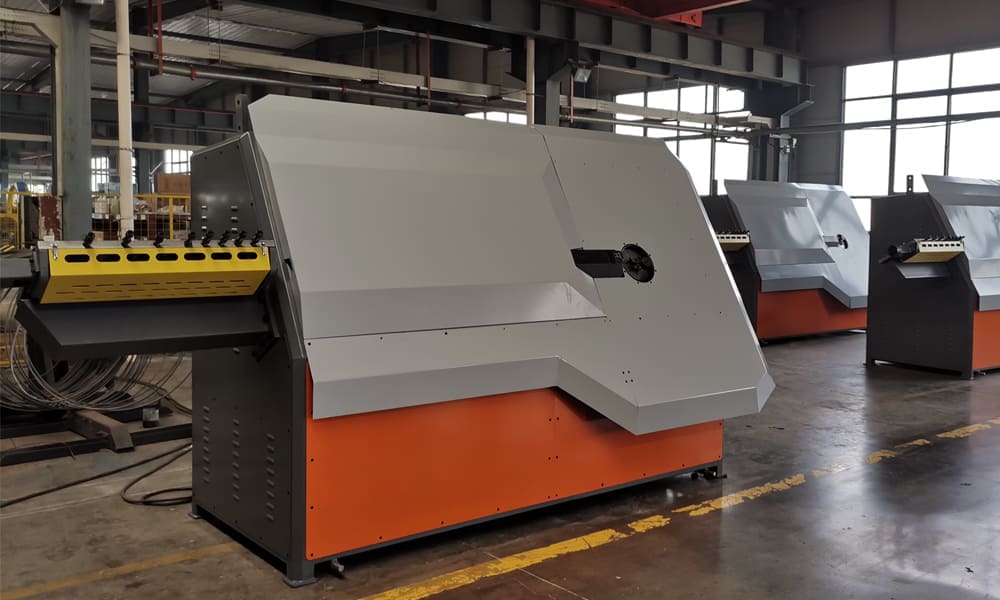Proper maintenance and timely repairs of the CNC bending center are essential to ensure its efficiency, longevity, and safe operation. This guide covers the key maintenance tasks and repair methods for the CNC bending center, specifically for the GWL-32 model, which consists of six main parts: bending platform, bending guide rail, baffle, electric control cabinet, operation cabinet, and steel bar tightening device.
Routine Maintenance Tasks
- Greasing Gear Racks
- Frequency: Regularly
- Procedure: Ensure all gear racks in the bending center are filled with grease to reduce friction and wear, ensuring smooth operation.
- Checking Screws
- Daily Check:
-
- Inspect all screws at the end of each workday to ensure none are loose.
- Bi-Daily Check:
-
- Specifically check the screws on the reducer every two days for tightness to prevent any operational issues.
- Air Compressor Maintenance
- Frequency: Every 5-10 days
- Procedure: Drain water from the air compressor regularly to prevent moisture buildup, which can affect performance and cause damage.
- Control System LCD Screen Care
- Protection Tips:
-
- Keep the LCD screen away from sharp objects and prevent it from being hit by airborne objects.
- Avoid pointing, drawing, or tapping on the screen with fingers.
- When cleaning, gently wipe the screen with a soft paper towel or cotton cloth to avoid scratches and damage.
Maintenance of Key Components
Bending Platform and Guide Rail
- Lubrication: Regularly apply lubricant to the bending guide rail to ensure smooth movement and prevent wear.
- Inspection: Check for any signs of damage or wear on the platform and guide rail. Replace any worn-out parts promptly.
Baffle and Steel Bar Tightening Device
- Adjustment and Tightening: Regularly inspect and adjust the baffle and steel bar tightening device to ensure they are securely fastened and operating correctly.
- Cleaning: Keep these components clean to prevent any obstruction or misalignment during operation.
Electric Control Cabinet and Operation Cabinet
- Protection and Cleanliness: Keep the electric control cabinet and operation cabinet clean and free from dust and debris to prevent electrical issues.
- Inspection: Regularly inspect the wiring and connections for any signs of wear or damage. Replace faulty components as needed.
Repair Methods
Addressing Loose Screws and Components
- Immediate Action: Tighten any loose screws or components immediately to prevent further damage or operational issues.
- Use of Thread Locker: Apply thread locker to screws that frequently become loose to ensure they remain secure during operation.
Lubrication and Replacement of Moving Parts
- Greasing: Regularly grease all moving parts, including gear racks, guide rails, and joints, to ensure smooth operation and reduce wear.
- Replacement: Replace any parts showing significant wear or damage promptly to maintain the machine’s efficiency and prevent breakdowns.
Air Compressor and Pneumatic System Maintenance
- Regular Draining: Ensure regular draining of water from the air compressor to prevent moisture-related issues.
- Filter Replacement: Replace air filters as needed to ensure clean, dry air is supplied to the pneumatic system.
Electrical System Maintenance
- Inspection: Regularly inspect the electrical system, including wiring, connectors, and control panels, for any signs of wear, damage, or corrosion.
- Cleaning: Clean electrical components to prevent dust buildup, which can cause overheating and electrical faults.
- Component Replacement: Replace any faulty or worn-out electrical components immediately to prevent system failures.
Conclusion
Maintaining and repairing the GHM Machinery CNC bending center involves regular inspection, lubrication, and timely replacement of worn or damaged parts. By following these guidelines, operators can ensure the bending center operates efficiently and reliably, minimizing downtime and extending the equipment’s lifespan. Proper care and maintenance also enhance safety, protecting both the machine and its operators from potential hazards.
